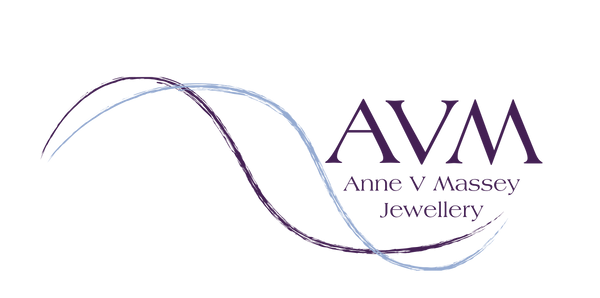Making is big at the moment. By this I mean not necessarily the kind of thing I do as a business (although the crafts as a sector of the economy are as important as ever), but the sorts of creative endeavour people might engage in at the weekend or in the evening after work. an example which spring to my mind is pottery. My sister was given a term's pottery classes as a birthday gift a couple of years ago, got bitten by the bug, and keeps coming back for more. Her skills are definitely growing - I'm drinking my fruit tea out of one of her mugs right now. During the first lockdown she missed her weekly clay-play bitterly.
But you don't have to go out to a class to enjoy learning a craft skill. You can teach yourself to knit or crochet with nothing but a pair of needles or a hook, some yarn and an instruction book or web-page.
For some time now I have been interested in the wellbeing benefits of making in a broad sense. I would include under this heading such diverse activities as painting and drawing and photography (especially the old-fashioned sort which involves physical film developed in a dark room) as well as the more obvious crafts such as woodwork and ceramics. In fact, anything which produces a tangible result.
A great deal has been written on this subject by people who have thought about it far more deeply than I, but what it seems to boil down to is that becoming absorbed in making something integrates the intellectual, physical and emotional aspects of the self in a way that few other activities do. It provides most of the preconditions for what Mihaly Csikszentmihalyi calls "flow" or optimal experience. This is a state in which we lose self-consciousness, are unaware of the outside world or the passage of time, and are completely focussed on what we are doing. As they say, "time flies when you're having fun", although flow is far less passive than "fun" and far more satisfying. It's an engagement of the whole self in pursuit of a self-chosen goal, which is why it restores the psychic energy so often drained by uncongenial work. That's the whole point behind hobbies, of course.
A crucial aspect of flow activites is continuous improvement. You know immediately whether or not you are getting better at your chosen skill. Push yourself too hard and you get frustrated; not hard enough and you get bored. There's a "sweet spot" inbetween where you can see yourself improving and your confidence grows.
The current situation in which many people are deprived of their usual leisure activities - socialising, seeing live music, cinema or theatre - is one in which making has a lot to offer. It doesn't just pass the time, it boosts confidence and self-esteem. It can be an important means of self-expression, both personal and in a wider sphere, as the growth of craftivism attests. And whether you take up knitting, lino-printing or decoupage, you may well find you have a physical product you can point to with pride and say "I made that!"
The Crafts Council has curated a selection of online resources for people who want to explore learning a craft skill at home. Most of these are not free as they are provided by professional makers, but there is a range of prices and many use items found in most households. Find the list here.
I have drawn mainly on three books for the content of this article:
Flow by Mihaly Csikszentmihalyi (HarperPerennial Modern Classics), 1990
The Case for Working with Your Hands by Matthew Crawford (Viking), 2010
Why we make things and why it matters by Peter Korn (Vintage), 2013
The image shows some of the things I got up to during the first lockdown - from the top, Kumihimo braiding in various yarns; knitting with wire; spool knitting with yarn and wire. Very badly done, yes, but's that not really the point; it was fun!

